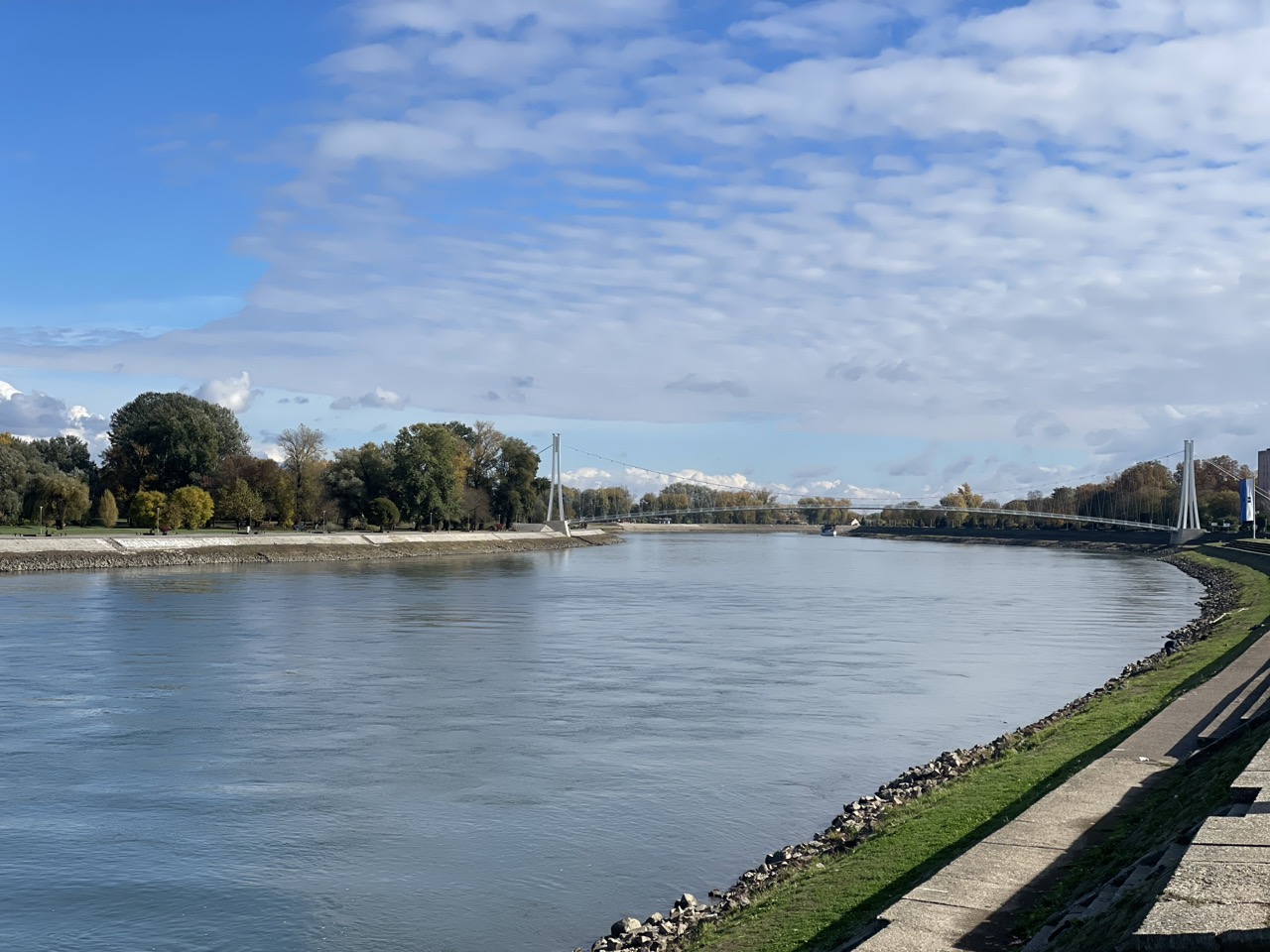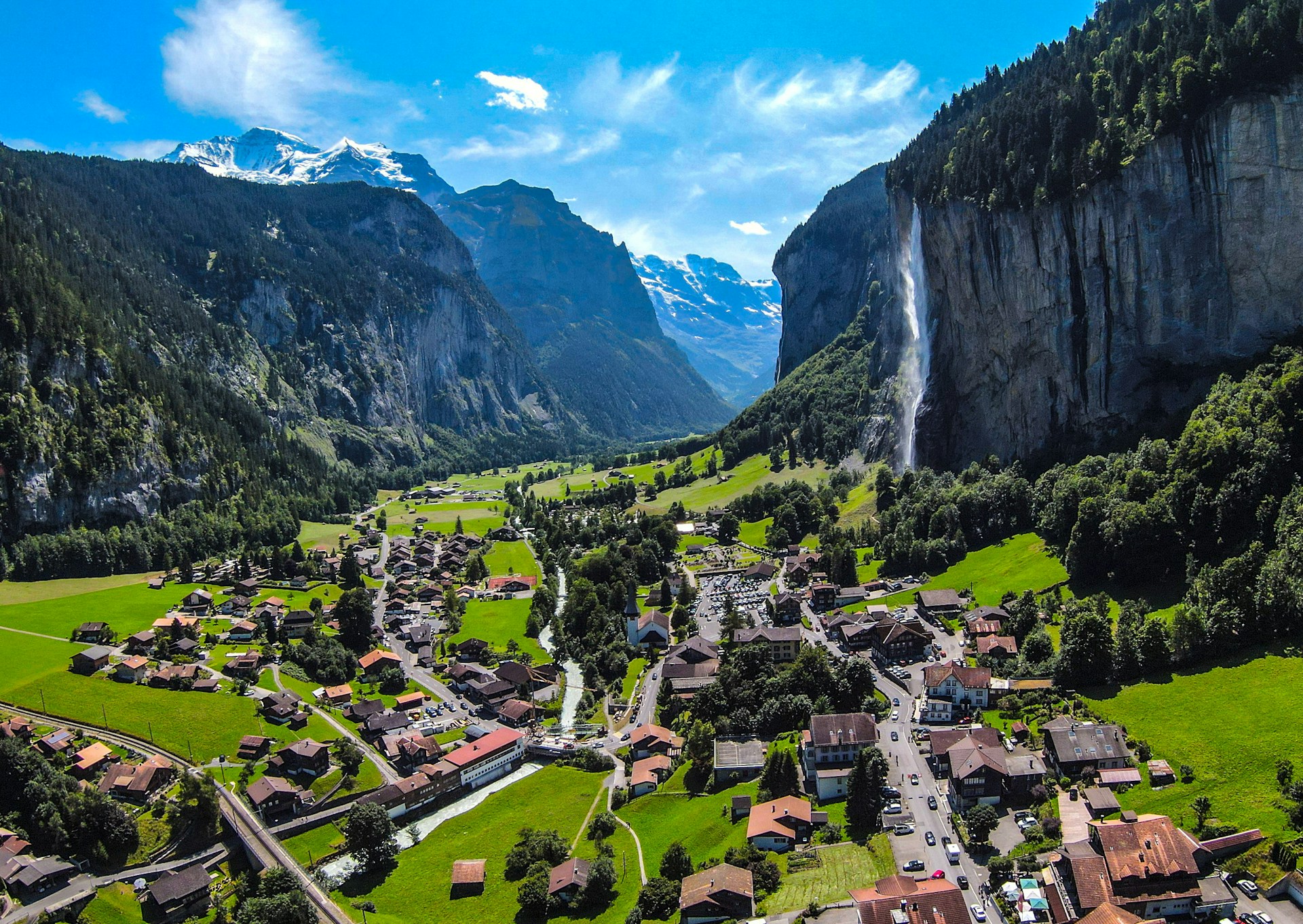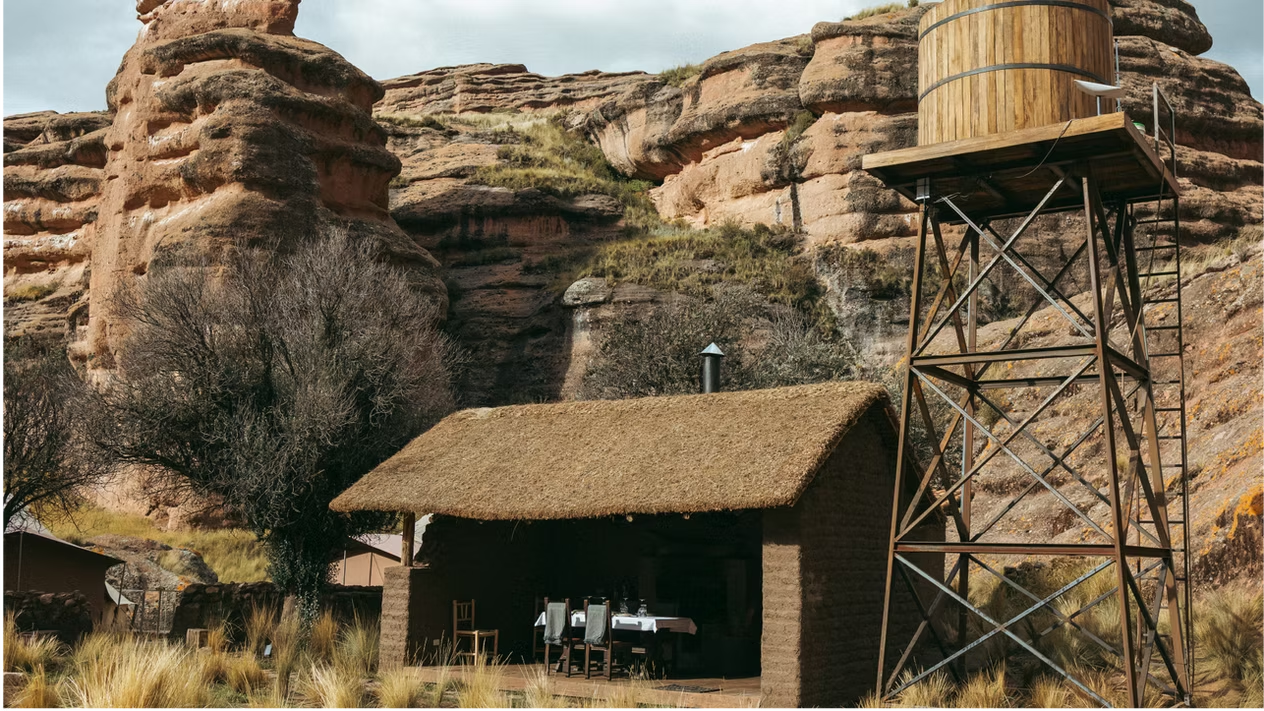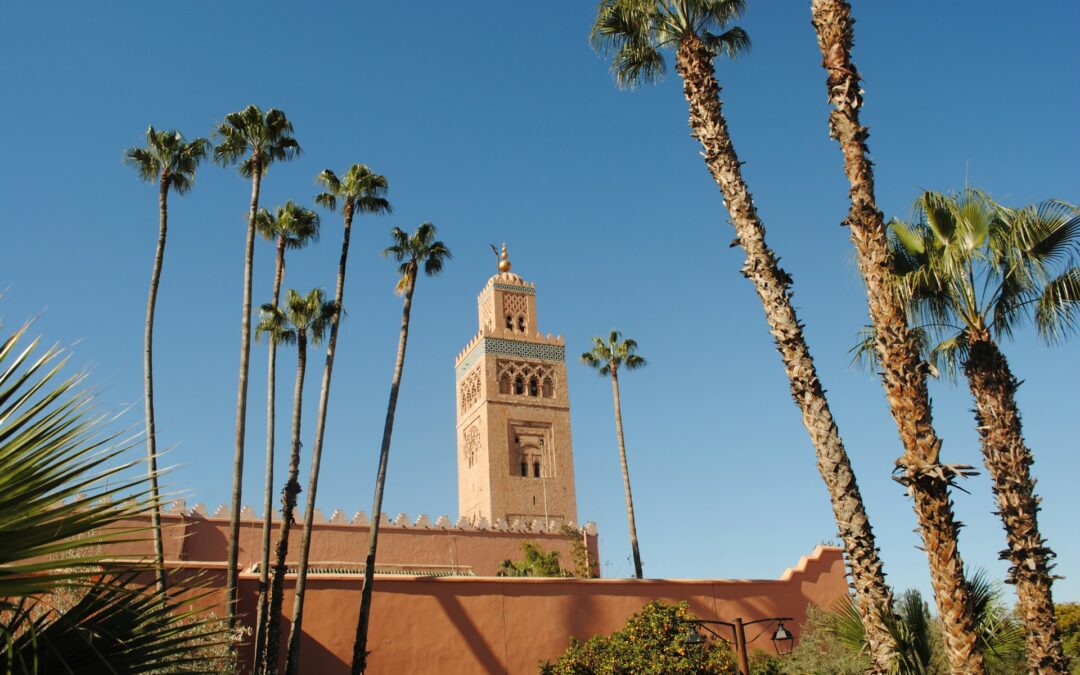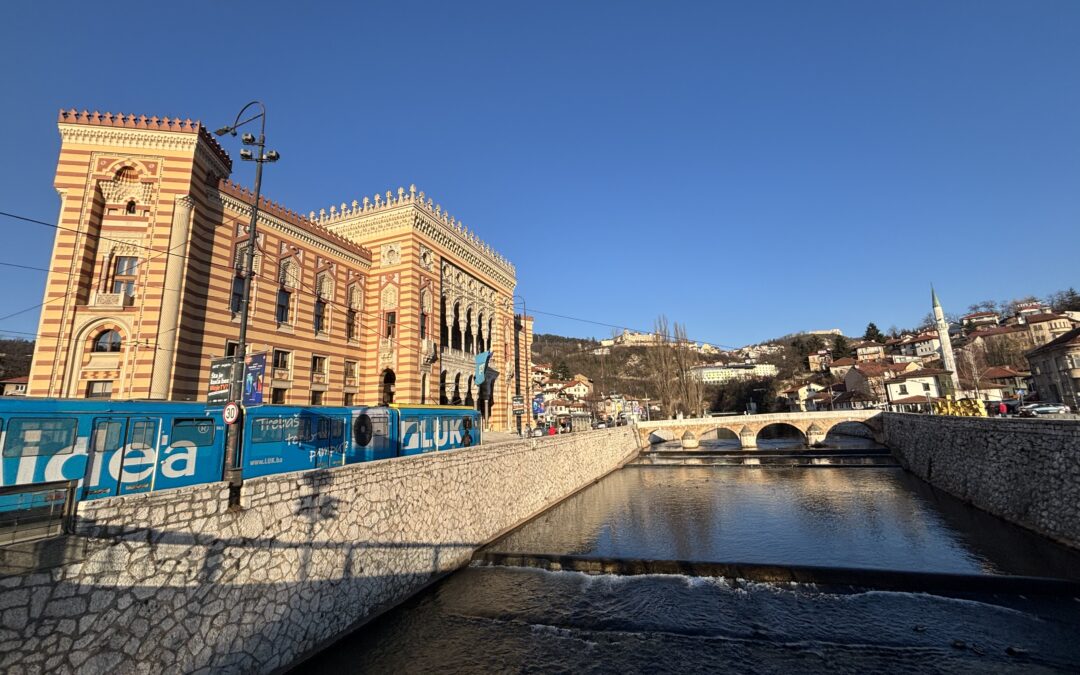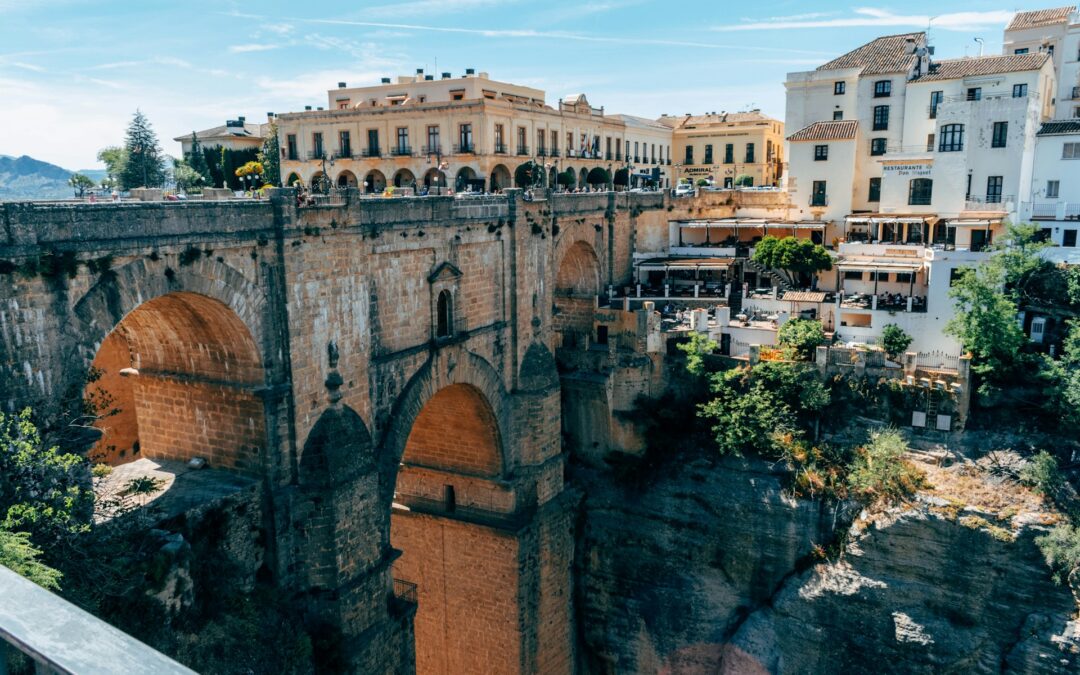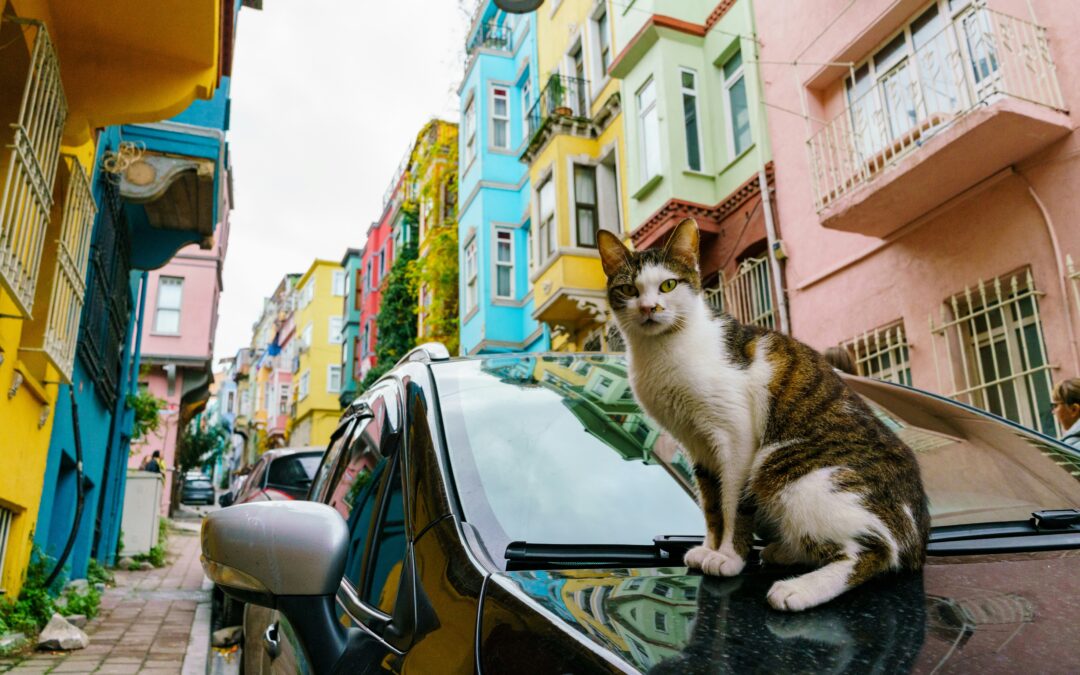Lisbon, the westernmost capital of Europe, often ranks among the world’s most beautiful and livable cities. But within its charming hills lies a special neighborhood that truly captures the city’s soul: Alfama.
A village within the city
Nestled in the heart of Lisbon, Alfama feels like a small village tucked inside a bustling capital. Narrow cobblestone alleys, hidden squares, tiny churches, and pastel-colored houses create an intimate, lived-in charm. Locals chat loudly across balconies, children play in the streets, and cats lounge lazily in the sun. Despite being in the center of a European capital, Alfama has the warmth and rhythm of a close-knit community.
The oldest part of Lisbon
Alfama holds the title of Lisbon’s oldest district and the only one that survived the devastating 1755 earthquake nearly intact. Walking through its maze of alleys feels like stepping back in time to the days before modern Lisbon rose from the ruins. Historically, it was home to the city’s working-class families and sailors. As Lisbon grew into an important seaport, Alfama retained its humble character but gradually transformed into a lively neighborhood filled with small shops, cozy apartments, and family-run taverns.
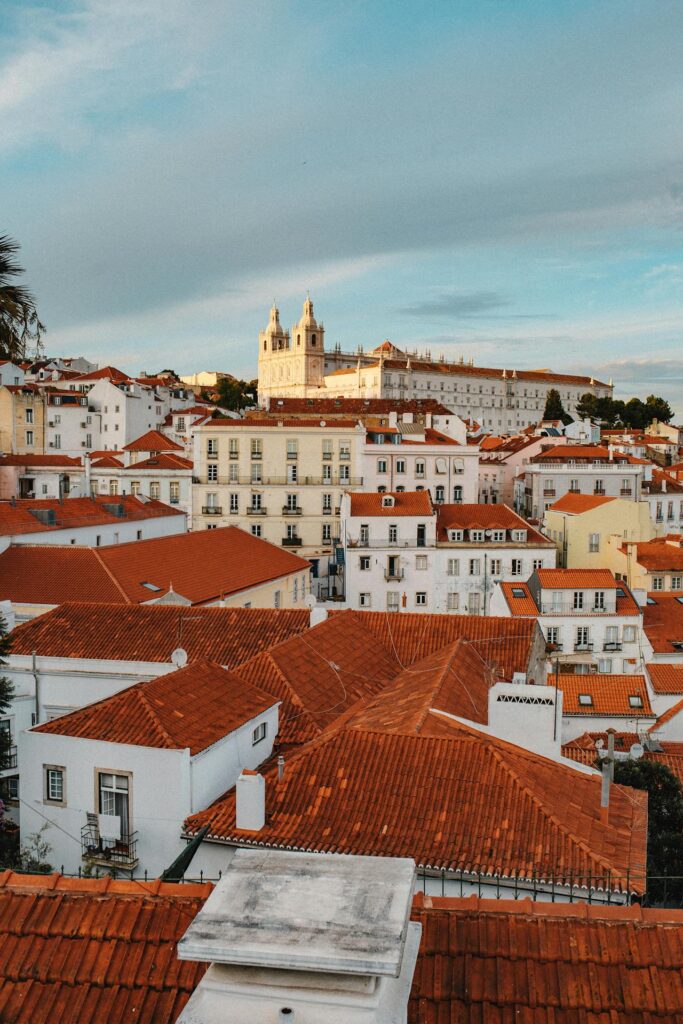
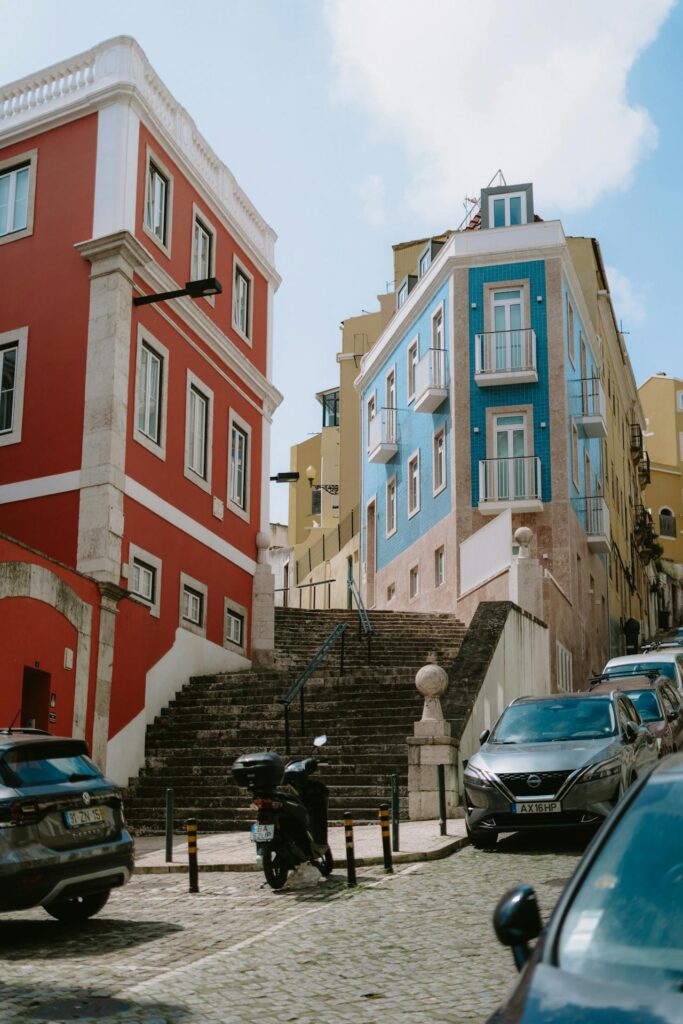
The birthplace of fado
The melancholic sound of fado, Portugal’s most famous musical genre, echoes through Alfama’s dimly lit bars at night. The soulful singing accompanied by guitar tells stories of saudade – a uniquely Portuguese feeling of longing, nostalgia, and sorrow. Fado grew out of the lives of the poor and the sailors who once lived here, their songs expressing love and loss. For a deeper look into this haunting tradition, visit the Fado Museum, located right in Alfama.
Traces of the Moors
The name “Alfama” comes from the Arabic word “Al-hamma”, meaning fountains or baths. From the 8th to the 12th century, Lisbon was under Moorish rule, and their influence remains visible here. One of the best-preserved reminders is São Jorge Castle, which towers above the district. You can reach it by the legendary Tram 28, or if you are feeling adventurous, take a steep walk uphill and enjoy the views along the way.
Views worth the climb
Lisbon’s hilly landscape means one thing: plenty of viewpoints, or miradouros, to reward every uphill step. Alfama offers some of the most iconic ones. The Portas do Sol viewpoint, located between the Cathedral and São Jorge Castle, provides a stunning panorama of Alfama’s rooftops and the Tagus River. Here, you will also find a statue of Saint Vincent, Lisbon’s patron saint, holding a boat – the city’s beloved symbol.
Nearby, Miradouro de Santa Luzia is another favorite, famous for its blue-tiled terrace and romantic atmosphere. Both spots are perfect for photos, sunset watching, or sipping a glass of vinho verde while street musicians play gentle fado tunes.
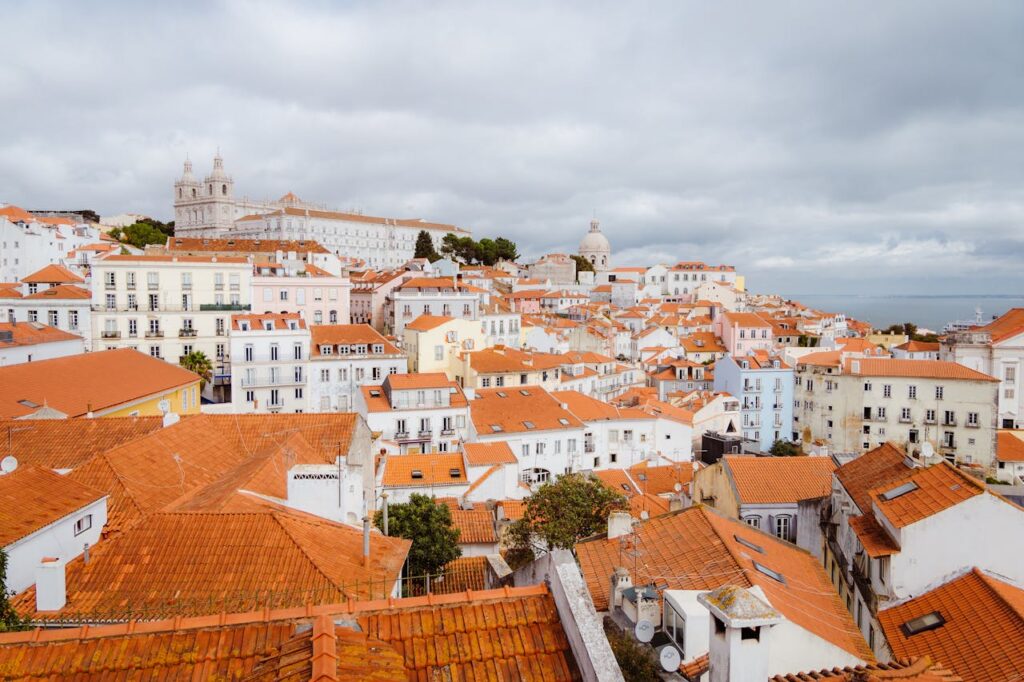
Top things to see in Alfama
If you only have a few hours in Alfama, these highlights will make your visit unforgettable:
- Lisbon Cathedral (Sé de Lisboa): the city’s oldest church, built in the 12th century
- Fado Museum: explore the story of Portugal’s most emotional music
- São Jorge Castle: climb to the ramparts for Lisbon’s best panoramic view
- Miradouro de Santa Luzia: a picture-perfect terrace covered in azulejos
- Museu do Aljube: a moving museum about political resistance and freedom
- Largo do Chafariz de Dentro: a charming square often missed by tourists
Hidden gems and local tips
Wander without a plan – that’s how Alfama reveals its magic. Peek into tiny shops selling handmade tiles, sardine tins, or cork crafts. Listen for live fado drifting from open windows at dusk, and follow the sound. Visit one of many cafes for brunch near the cathedral, or enjoy an evening meal at Clube de Fado, one of the city’s most authentic fado restaurants.
For a truly local experience, stay overnight in a small guesthouse or Airbnb overlooking the river. Wake up early to see the sunrise over the Tagus River – it’s one of Lisbon’s most peaceful moments.
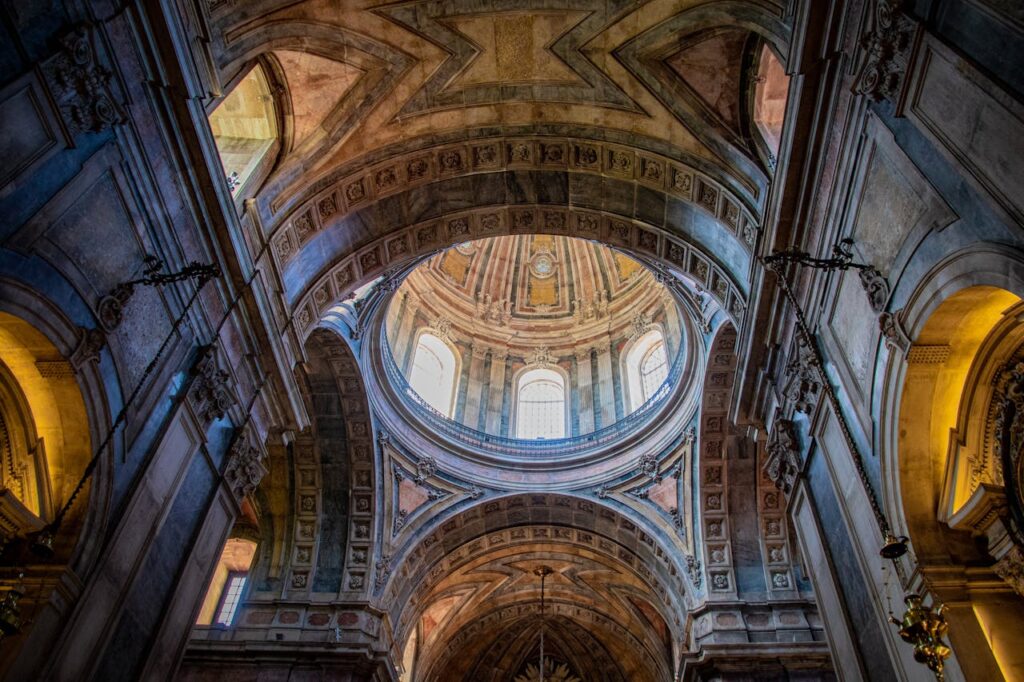
Practical tips for visiting Alfama
- Getting there: Alfama is easily reached from downtown Baixa by foot, Tram 28, or Tram 12.
- Best time to visit: Early morning for quiet streets and photography, or evening for live fado and a cozy atmosphere.
- How long to stay: Plan at least 2–3 hours, but half a day allows time to explore slowly and enjoy a meal.
- Best season: Spring and autumn offer mild weather, fewer crowds, and perfect light for photos.
Frequently asked questions
What is Alfama famous for?
It is Lisbon’s oldest neighborhood, known for fado music, Moorish history, and panoramic viewpoints.
Is Alfama safe at night?
Yes, Alfama is very safe and lively, especially around fado venues and restaurants.
What should I not miss in Alfama?
The Fado Museum, Lisbon Cathedral, Tram 28 ride, and the sunset at Portas do Sol.
Alfama is more than just Lisbon’s oldest district – it is the heart of its identity. Between its Moorish walls, soulful fado, and spectacular viewpoints, this neighborhood captures the essence of Lisbon like no other. Come hungry for history, music, and emotion, and let Alfama sing to your soul.

